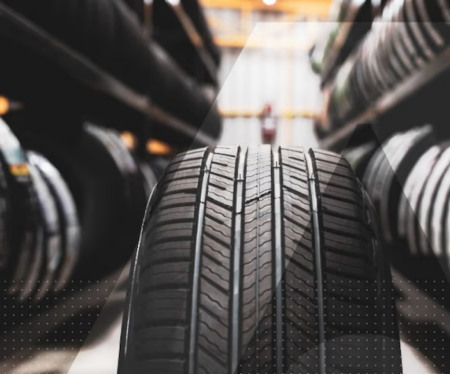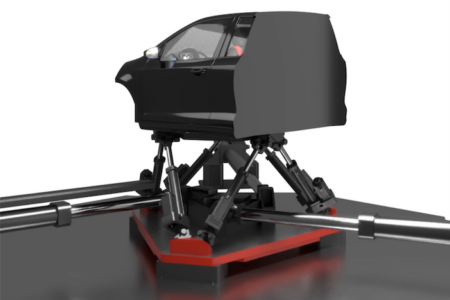Test vehicles fitted with measuring equipment are not allowed on roads in Japan, due to instances of road traffic incidents caused by the devices’ location on the side of the vehicles. To increase safety, Japan’s Ministry of Land, Infrastructure, Transport and Tourism has introduced the Japan Light Alloy Wheel (JWL) standard. Authorization for operation in road traffic can only be obtained by meeting this standard’s requirements, and after extensive testing, Kistler’s RoaDyn S635 wheel force transducer has become the only wheel force transducer to obtain JWL certification.
This certification means that this six-component wheel force transducer can be used for test drives on public roads and test tracks, or for off-road testing; it can also be used directly on a vehicle test bench. During tests, the loads on the wheels are captured by five individual load cells connected to the rim and the hub via appropriate structural elements specific to each vehicle. The signals are then amplified in the load cell and fed directly to the wheel electronics, where they are filtered, digitized and coded.
Finally, the data stream is transmitted by telemetry (inboard transmission) via a rotor/stator pair (with the rotor mounted on the inner side of the wheel and the stator on the wheel suspension); the data stream is then transformed in the onboard electronic unit for output to a data acquisition device. Precise measurement results provide a crucial basis for vehicle development.
Inboard transmission eliminates external components
A special feature of this transducer is the positioning of the telemetry equipment on the inner side of the wheel. This eliminates the need for fixtures and mounting components that would project over the wheel contour and increase the vehicle’s width beyond the permitted dimension. It is this feature that allows operation of the RoaDyn S635 on public roads.
Flying colors
To comply with the JWL standard, the wheel force transducer had to undergo three extensive tests for fatigue strength, mass and moment of inertia. The electronics and telemetry also underwent EMC tests, with successful results.
A ‘rotating bending’ test was carried out, which involves simulation of the rotary forces and moments to which the wheel is subjected during driving. For this purpose, a clamping device on the inner rim flange was used to clamp the entire wheel force transducer (comprising the load cells, structural elements and aluminum rim) rigidly on to the test machine; the transducer was then exposed to a rotary bending moment over the wheel mounting surface. Then, after 100,000 cycles, a rolling test was carried out for 500,000 cycles on a rolling test rig. In the final ’13-degree impact test’, the wheel disk was placed on the mounting plate, fixed and inclined by 13 degrees. A free-falling weight was allowed to drop onto the edge of the rim flange, and the wheel was examined for cracks, deformations and air leaks.
After each of the three tests, a dye penetrant inspection (DPI) was carried out to check for cracks, another test which the transducer passed.




